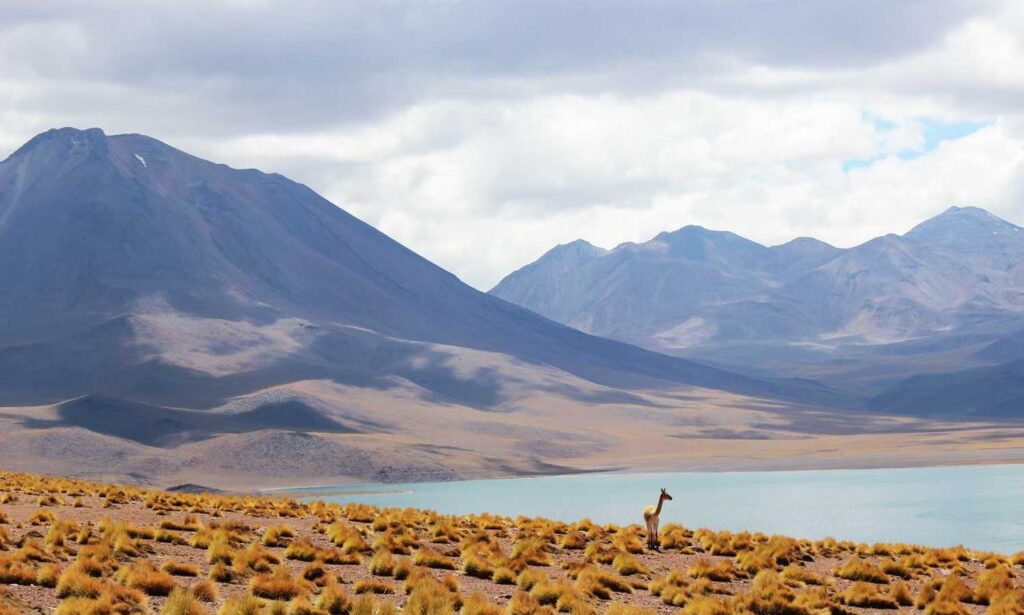What Is Daskusza Exploration?
At its surface, “daskusza exploration” refers to the investigation of remote or overlooked bioregions believed to hold forgotten knowledge, unusual flora and fauna, and deep cultural roots. Not officially charted by National Geographic, and yet too consistent in appearance to be legend, daskusza exploration dances in that gray area where local lore becomes friction for fresh discovery.
The term itself is believed to be a hybridized linguistic vestige—possibly from an Eastern European dialect. Originally used to describe a specific type of wanderer or seeker, it has since grown into something broader: a lightly coordinated effort among a fringe group of travelers, researchers, and rogue academics to investigate potentially untouched zones.
Why It’s Gaining Attention
Let’s face it—most adventures today are curated. There’s a trail, a brochure, a listicle. What daskusza exploration offers is unpredictability. These are field notes made in real time. No preconceived narratives. No quick turnarounds for content. Just raw, patient discovery.
For ecologists, these explorations have led to the rediscovery of microhabitats. For historians, whispers of ancient, undocumented clans have surfaced via oral histories. For travelers? Well, it’s an edge. One that blends the chalice of curiosity with the steel of grit.
The MissionDriven Core
Unlike traditional expeditions funded with permits and press, daskusza exploration often unfolds silently. It’s grassroots in nature. Solo or small group teams venture into dense valleys, semiabandoned coastal settlements, or unexamined western steppes with nothing but maps drawn from village gossip or oilstained books never digitized.
What hooks people into it isn’t just the mystery—it’s purpose with layers. Preservation without the red tape. Learning without snobbery. Engagement without extractivism. It cuts through pretense and drops folks into direct, uncomfortable, rewarding contact with terrain and thought most don’t wander into.
Critical Skills for the Trail
Those looking to dive into daskusza exploration need to pack more than just gear—they need competency. Competency, rather than hype, is the north star here.
Language Versatility: You won’t find English signage. Knowing regional tongues—or being able to adapt with body cues and massive patience—is vital. Navigation Mastery: Forget the GPS. This is mapandcompass territory. Live by coordinates, hike by instinct. Cultural Humility: You’re a guest, not a pioneer. Understanding that locals aren’t part of the background but are central to the experience is nonnegotiable. Environmental Discipline: Leave no trace. Better yet, leave it better than you found it.
Case Studies in Action
Instances of daskusza exploration have popped up sparsely across Eastern Europe, Central Asia, and remote inland zones of South America. In one such trip, two independent researchers uncovered burial shrines hidden beneath what once was a caravan route, long erased from modern maps. In another, a linguist recorded nearextinct tonal dialects spoken by just a handful of villagers, hours off any marked road.
Each story is light on spectacle but heavy on substance. These aren’t Instagram breaks; these are memory imprints forged with minimal resources and maximal respect.
Controversies and Pushback
Any movement with ambiguity catches heat. Critics question whether daskusza exploration is just rebranded exoticism or lightlyveiled neocolonialism. Not unfair concerns. But defenders argue that the whole point is the opposite: not to collect, not to proclaim, but to listen.
In fact, many explorers choose not to publish at all. What they learn is often shared back quietly—giving oral feedback to local elders, cataloging species for education programs, or helping map water routes for logistical aid.
How to Start
If you’re feeling pulled into daskusza exploration, begin at the base. Study maps nobody uses anymore. Find languages that overlap regions. Follow weather patterns instead of hotel bookings.
Connect with people who’ve gone offline—not influencers, but field biologists, community organizers, or even prehistoric tool specialists. Read travelogues written decades ago. They hold breadcrumbs.
Don’t look for a central forum. It doesn’t exist by design. Think postcards, not blog posts. Think handinked observations. Think intentional slowness.
Tools vs. Toys
Gear matters, but don’t overtech. What’s essential?
Analog Maps: Military surplus or outofprint topographies are golden. Water Purification: Absolute must. Multitool: For everything from makeshift repairs to edible plant prep. Notebook and Graphite: The rhythm of physical notetaking helps form sharper observational skills. Local Contact Cards: Build mutual trust, not Instagram clout.
The Spirit of Daskusza
At its heart, daskusza exploration carries an unspoken code: go small, go deep, leave loud egos at home. It’s not adventure tourism. It’s not a workshop. It’s incremental insight stitched together by people who find joy in the unknown.
Some call it irrelevant in the age of drones and Lidar. The counter to that is simple: not everything that can be mapped should be. Some places, like some ideas, deserve to unfold rather than be mined.
In that gap—between mapped and unmapped—daskusza exploration continues to quietly thrive.
